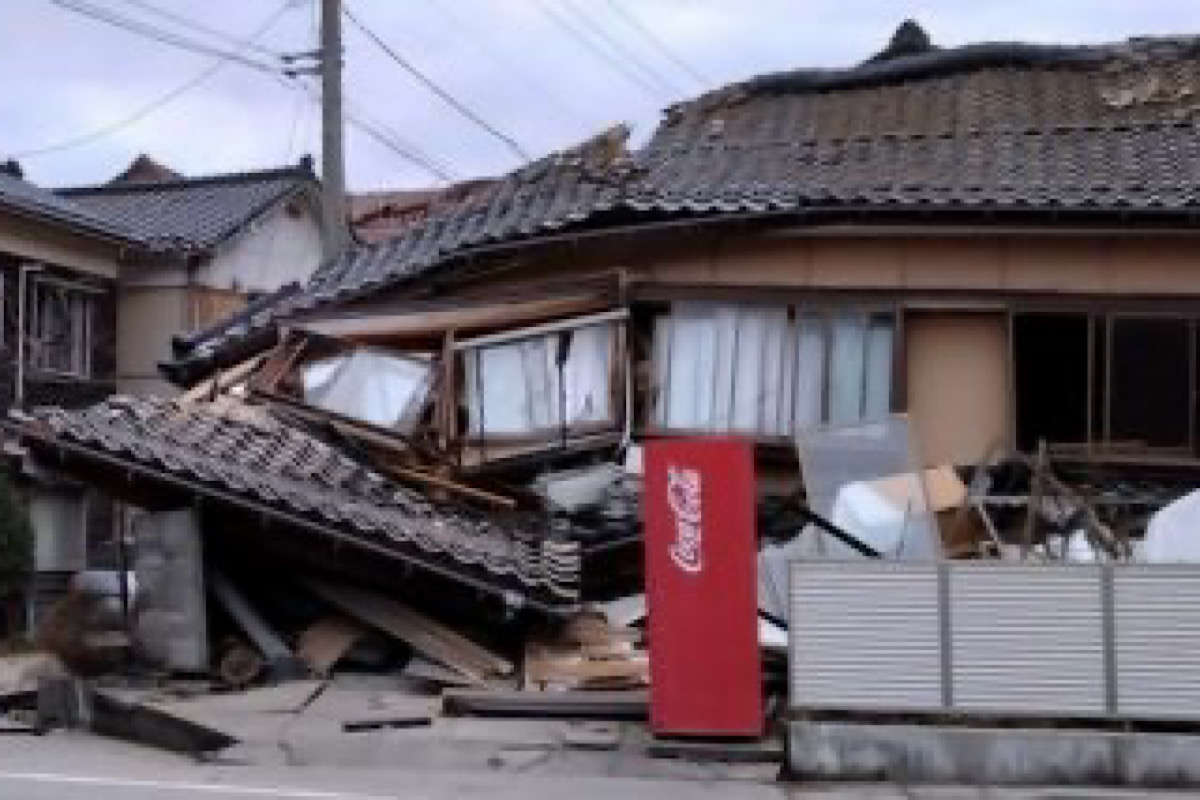Last week’s earthquake in southern Japan, while not catastrophic, has reignited widespread fears of the “Big One” ~ a term that has become synonymous with a potential seismic disaster of unprecedented scale. The magnitude 7.1 quake was quickly followed by a warning from Japan’s meteorological agency, a first in the country’s history, indicating an increased risk of a major earthquake.
This has left many in Japan, a nation well-acquainted with the power of earthquakes, wondering whether this could be the precursor to the longdreaded event. Japan’s position on the Ring of Fire makes it one of the most seismically active regions in the world, experiencing multiple earthquakes each year. Most of these tremors are minor, causing little or no damage. However, the memory of past disasters, such as the 2011 earthquake and tsunami that claimed over 18,000 lives, looms large in the collective consciousness. The focus now, however, is on the Nankai Trough, a seismic zone off Japan’s Pacific coast that has been the site of several devastating earthquakes over the centuries.
Advertisement
Experts warn that there is a high probability of another massive quake occurring in this area within the next few decades. The issuance of the recent alert has sparked debate about the effectiveness and accuracy of earthquake prediction. While advancements in seismology have allowed for more sophisticated monitoring of seismic activity, the ability to predict exactly when and where a major earthquake will strike remains elusive. The alert was not based on concrete evidence that a large quake was imminent, but rather on a statistical increase in the likelihood of one occurring. This has led some to question the value of such warnings, arguing that they may cause unnecessary panic without providing actionable information. Yet, despite the uncertainty surrounding earthquake predictions, the alert has served as an important reminder of the need for preparedness. In a country like Japan, where the risk of natural disasters is a constant reality, being ready for the worst-case scenario is not just advisable ~ it’s essential.
The response to the alert, from local governments inspecting evacuation shelters to individuals checking their emergency supplies, underscores the importance of maintaining a state of readiness. While some may criticise the alert as overblown or premature, it has nonetheless had the positive effect of galvanising the public to take precautions. In a region where the consequences of a major earthquake could be catastrophic, even a small increase in preparedness can make a significant difference.
The lesson here is clear: while we may not be able to predict earthquakes with precision, we can and must be ready to respond when they occur. Ultimately, the alert serves as a sobering reminder of the ever-present threat posed by Japan’s volatile geology. It is a call to action for both authorities and citizens alike to ensure that they are as prepared as possible for the next major seismic event ~ whether it comes tomorrow or years from now.











